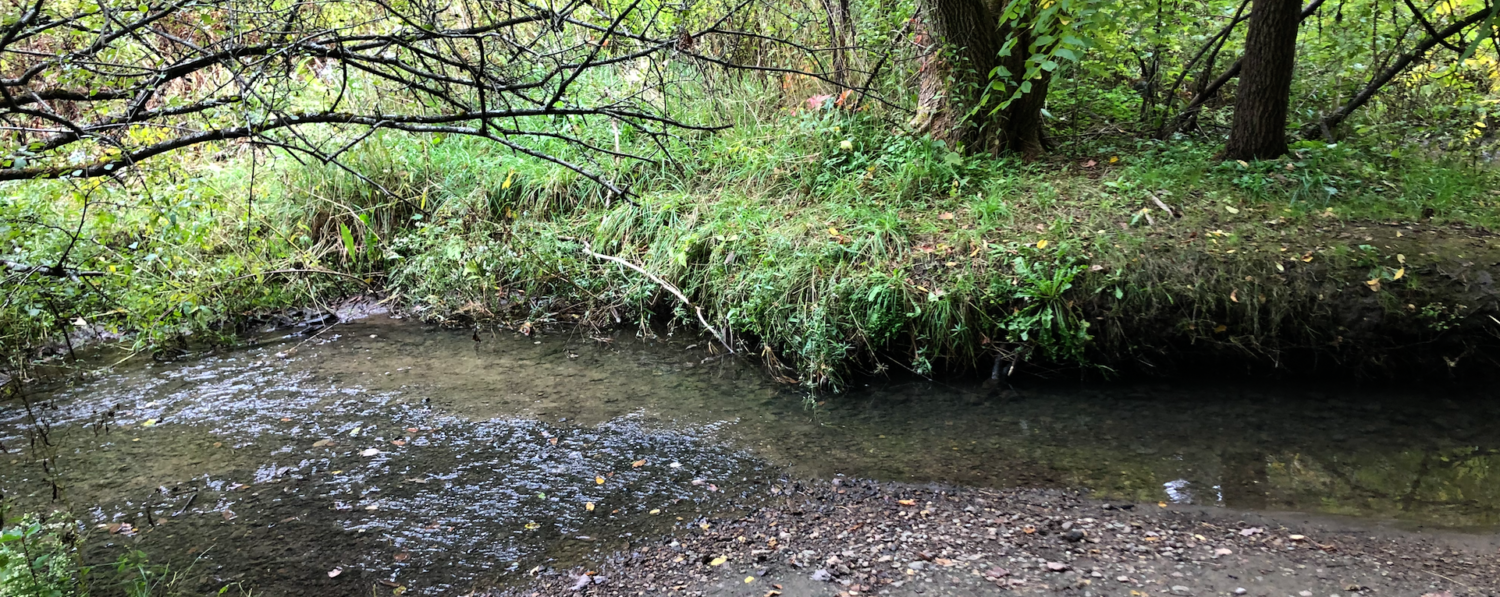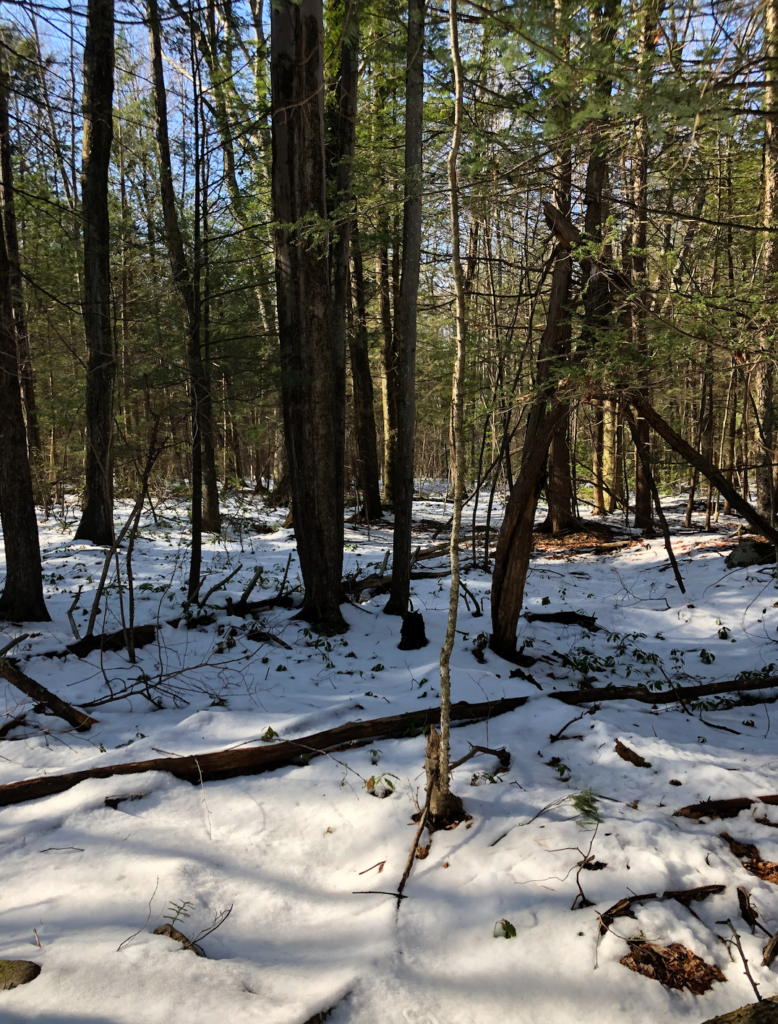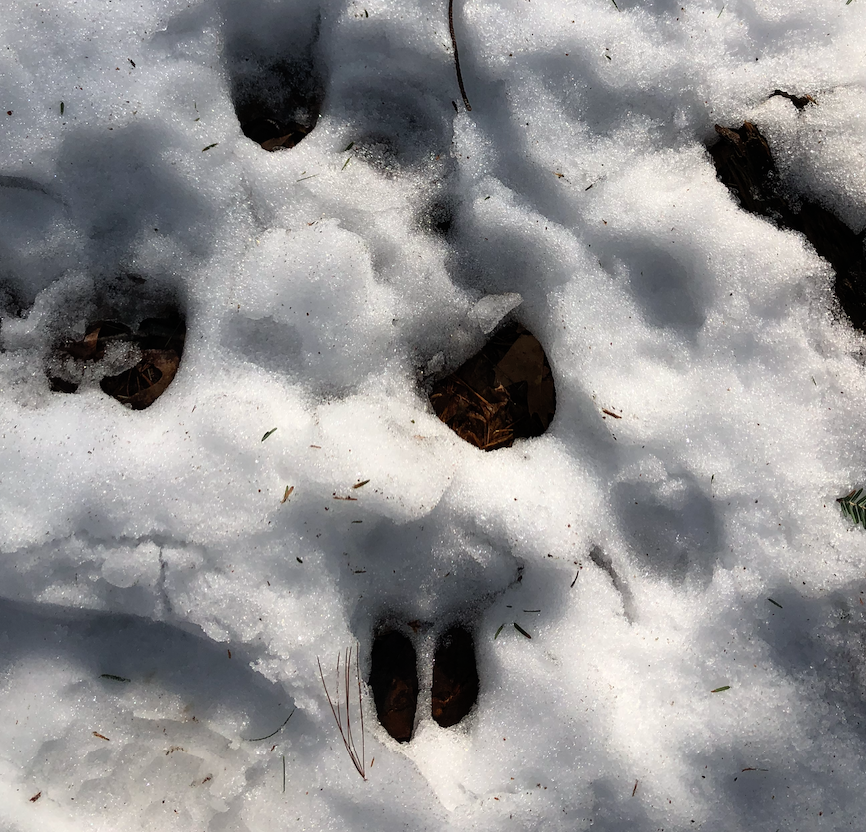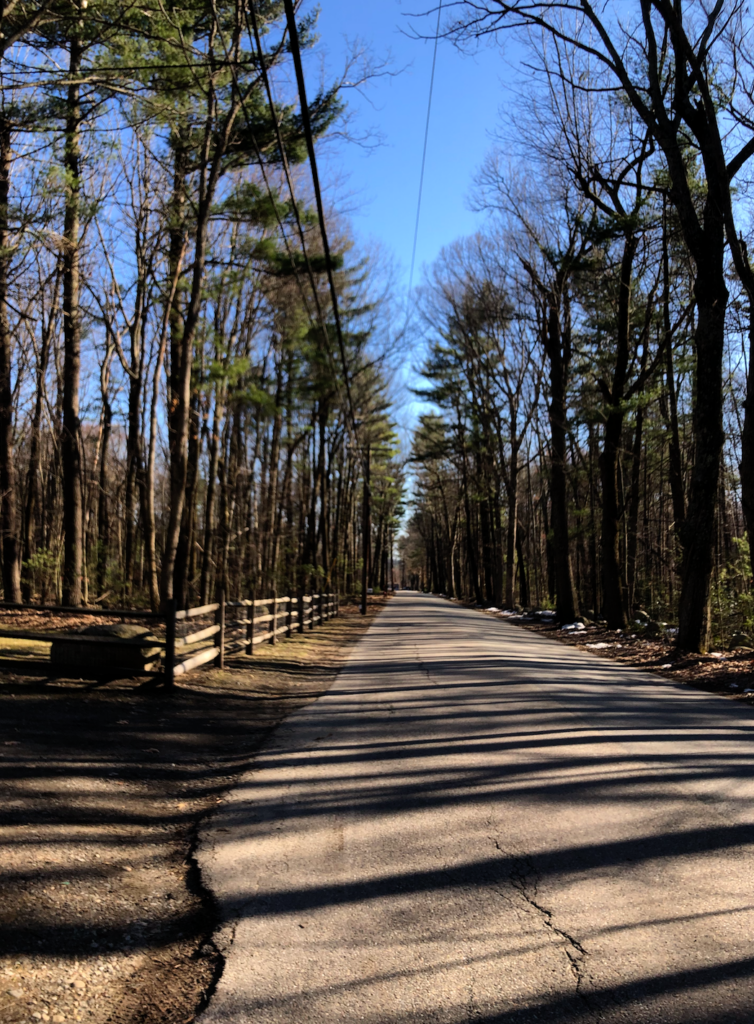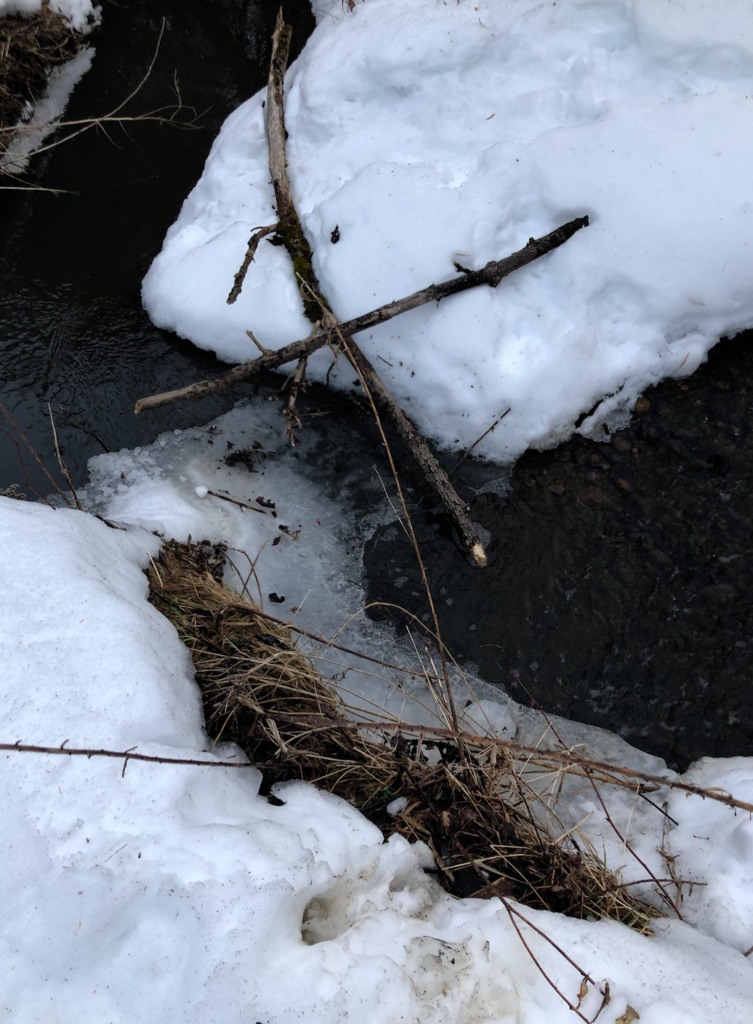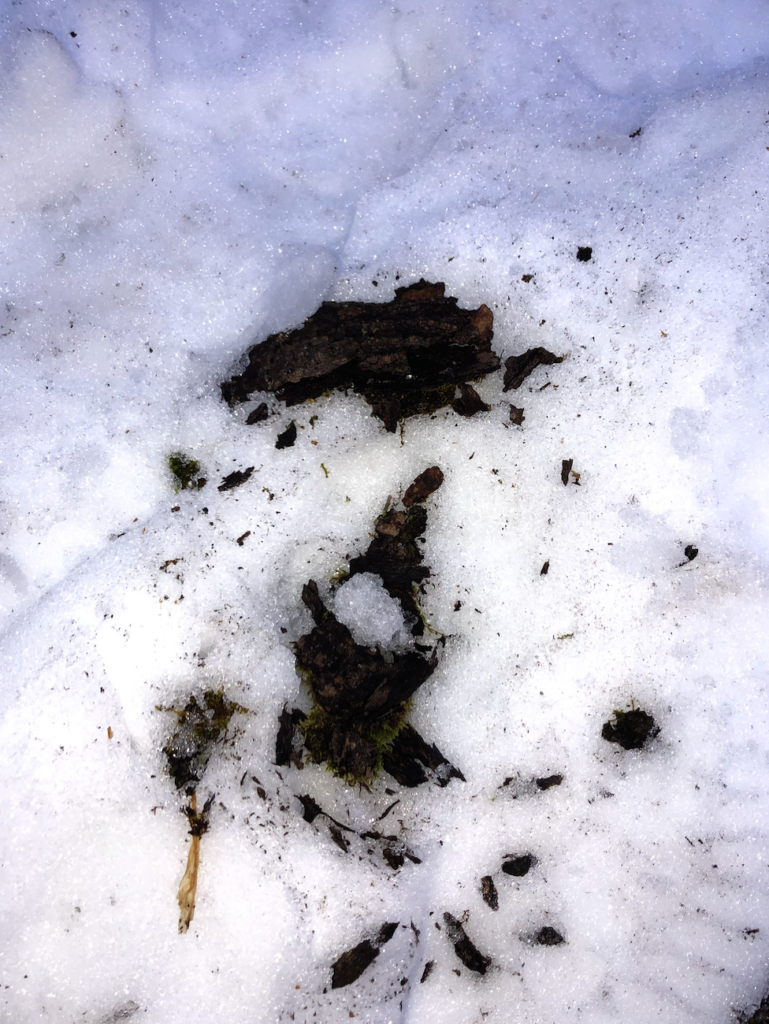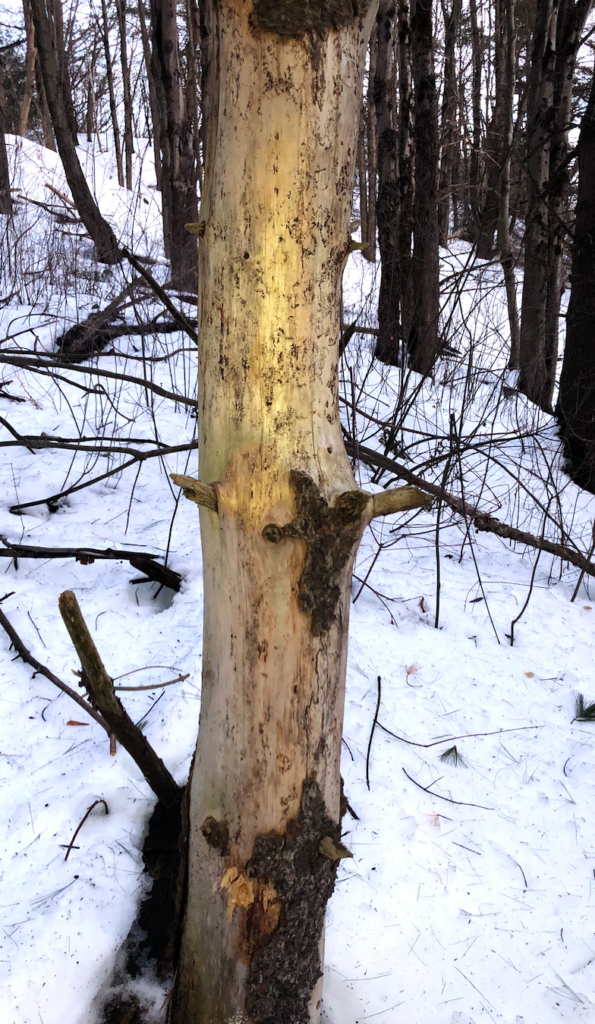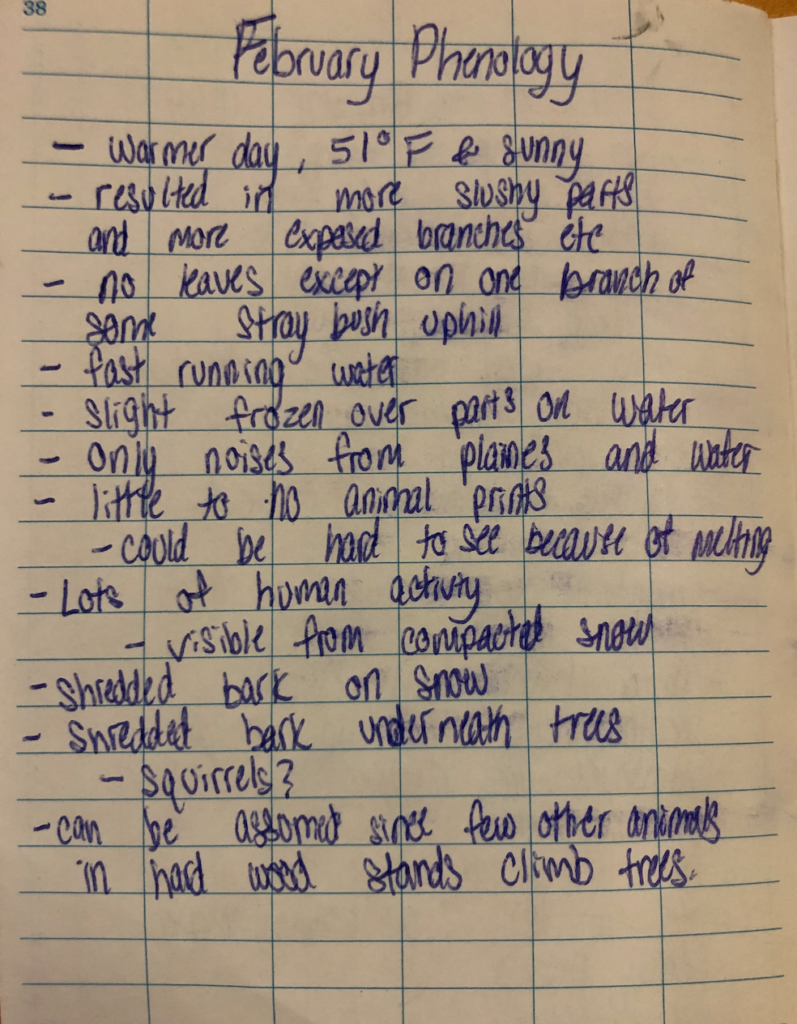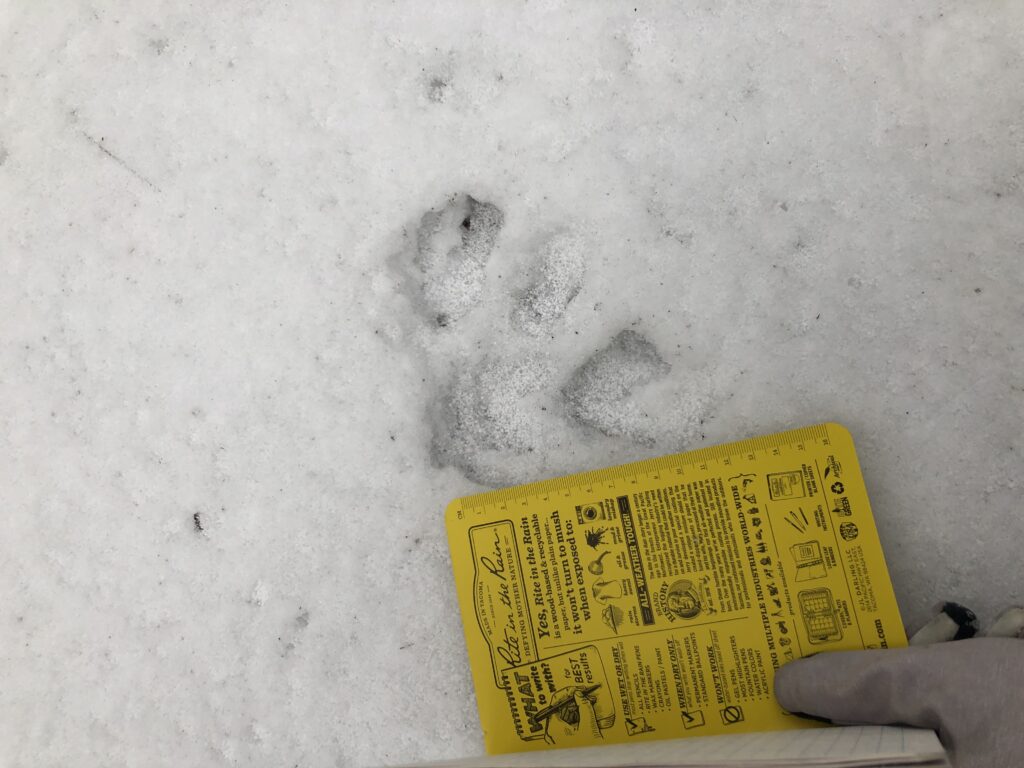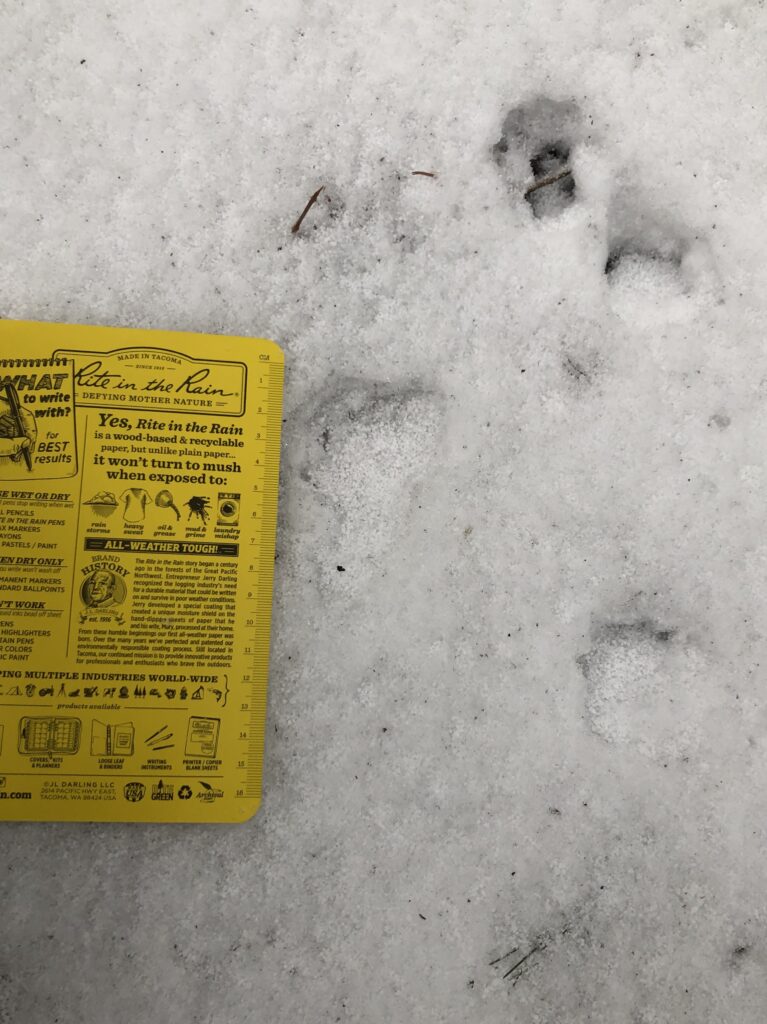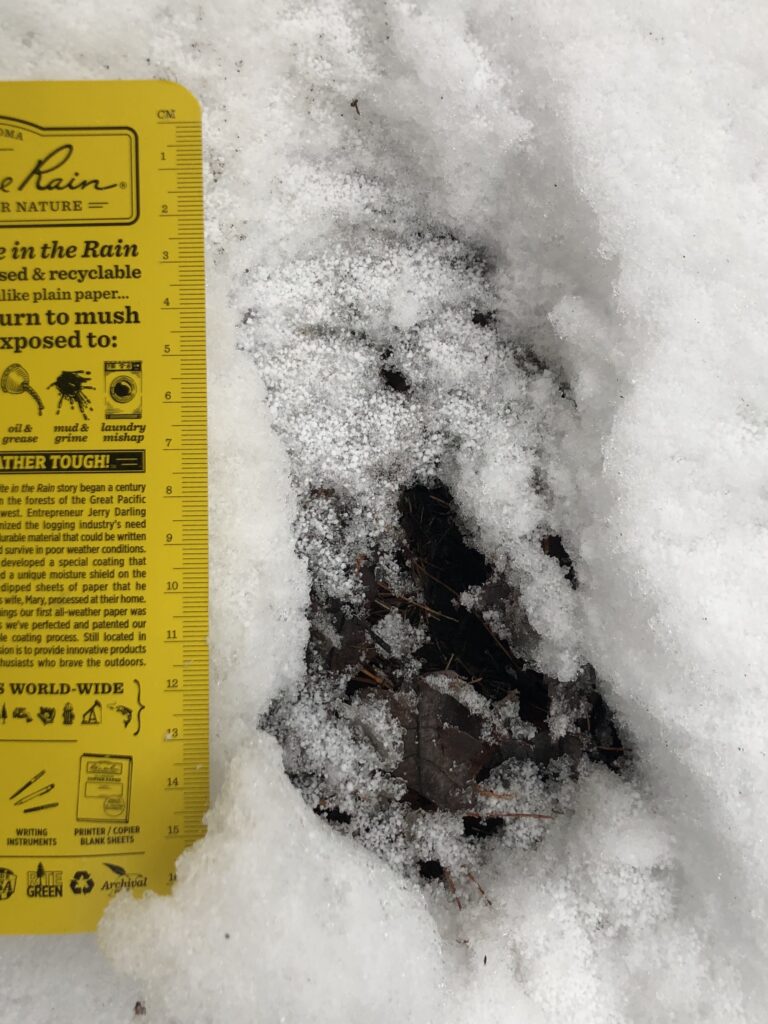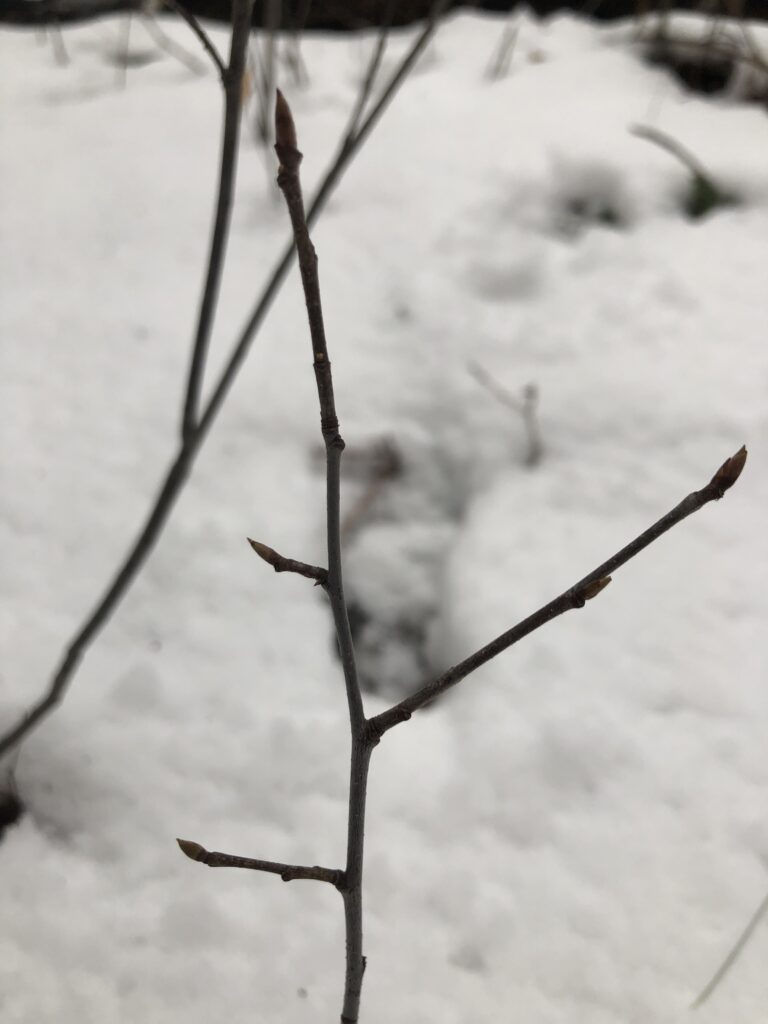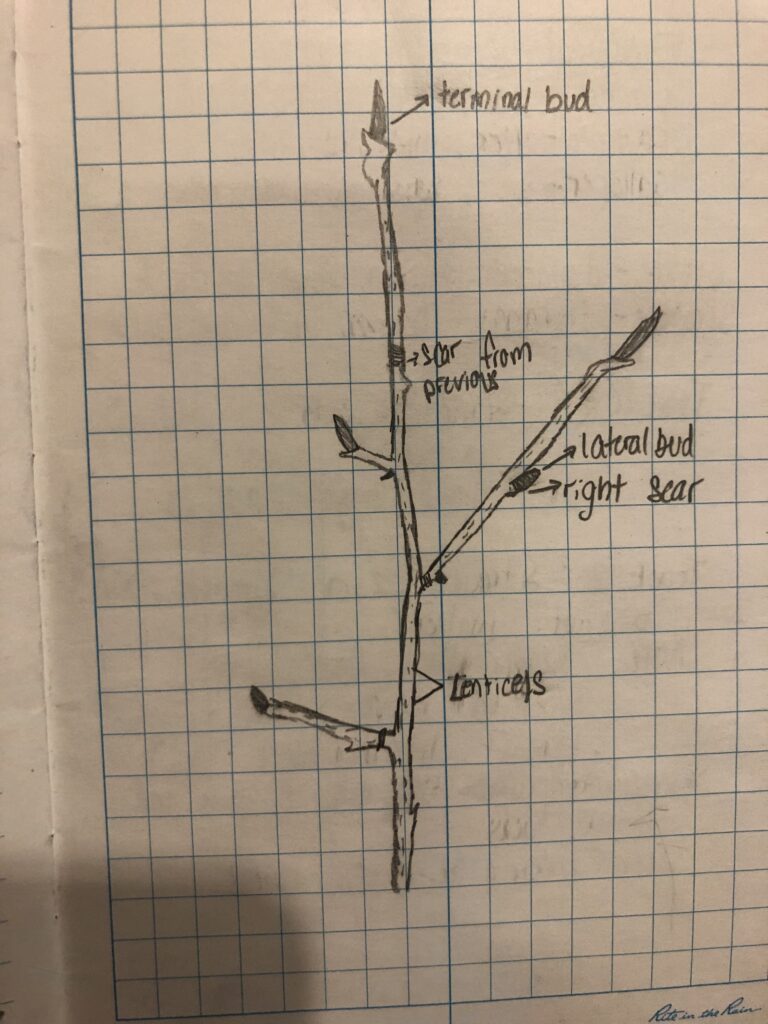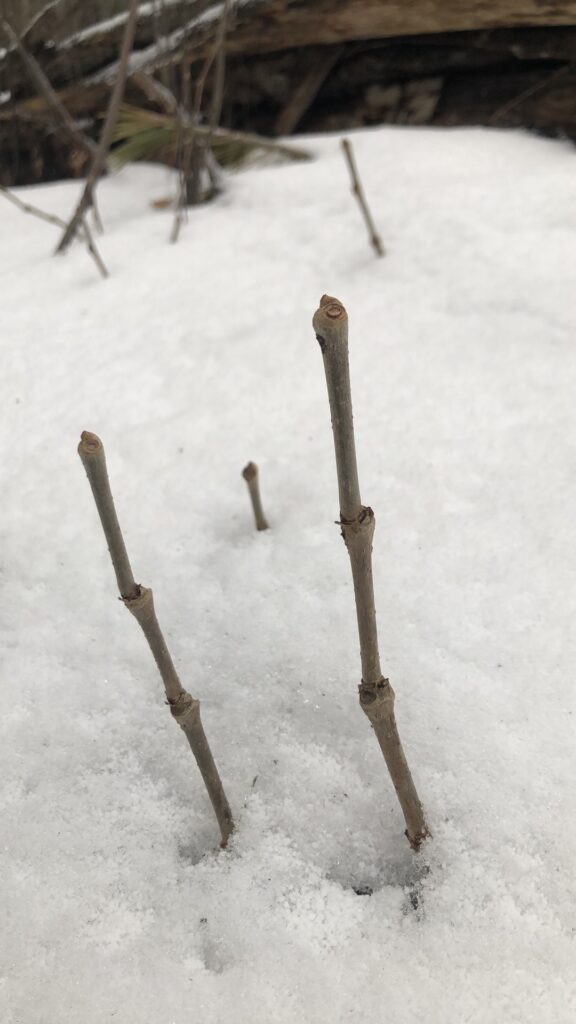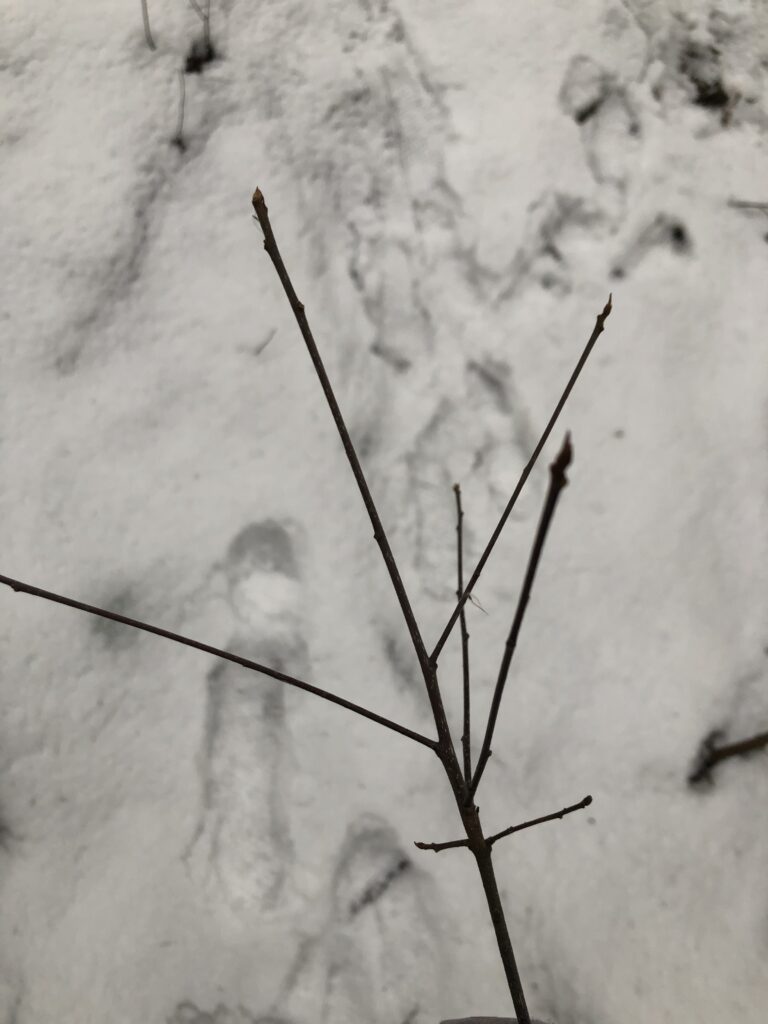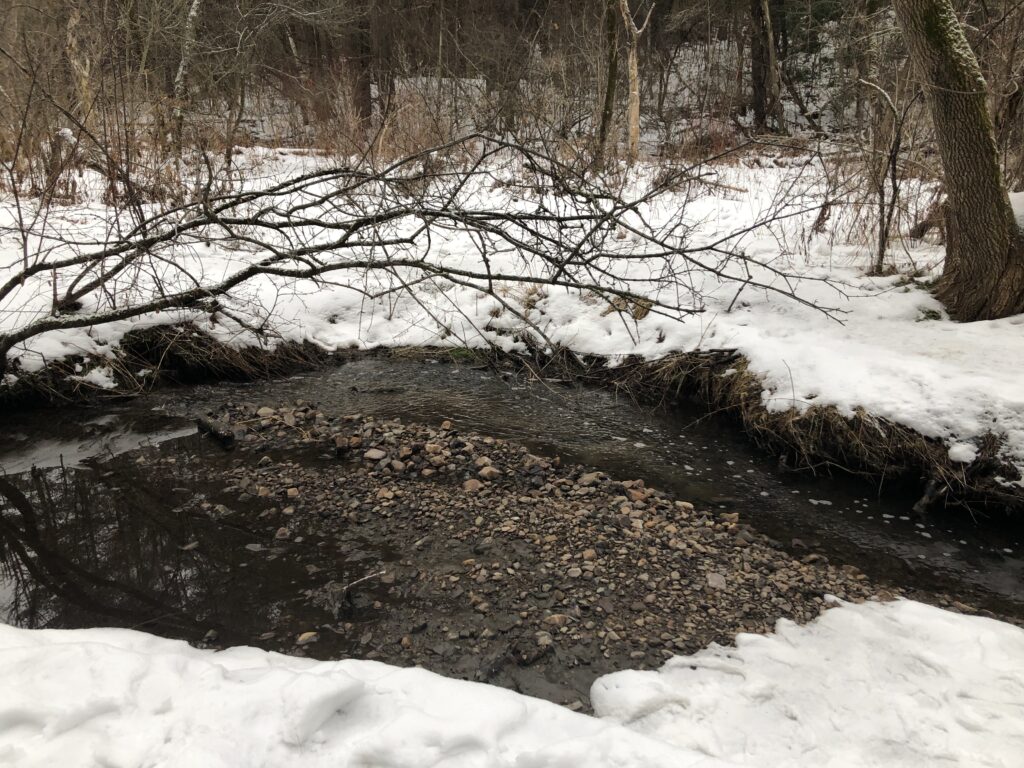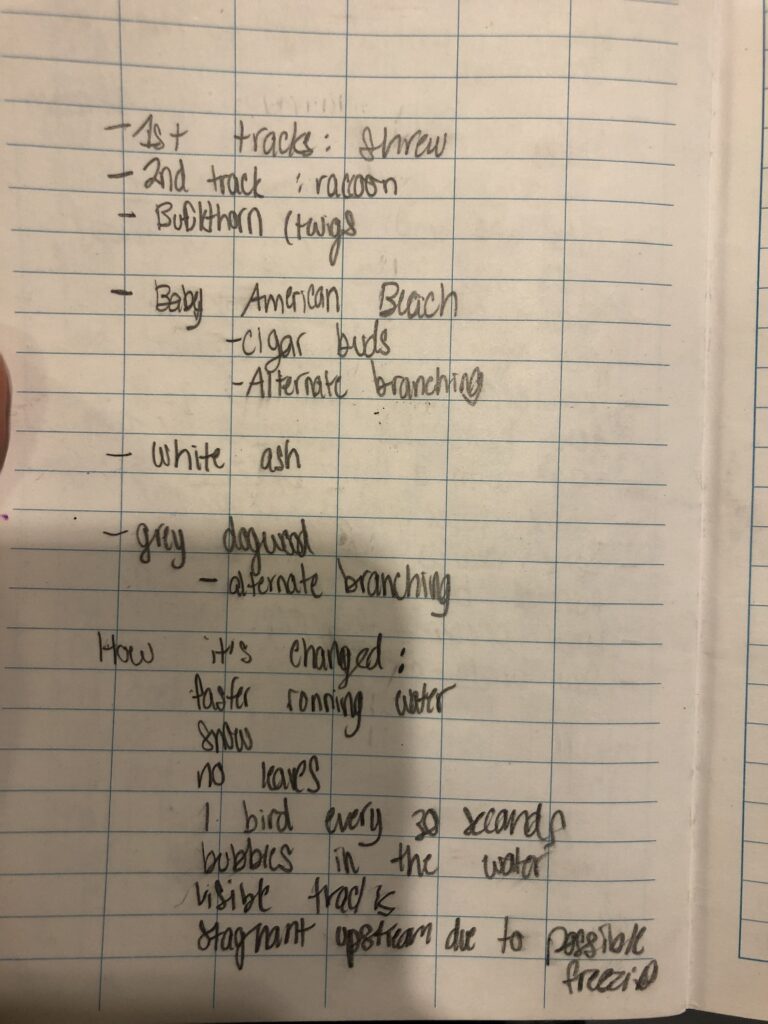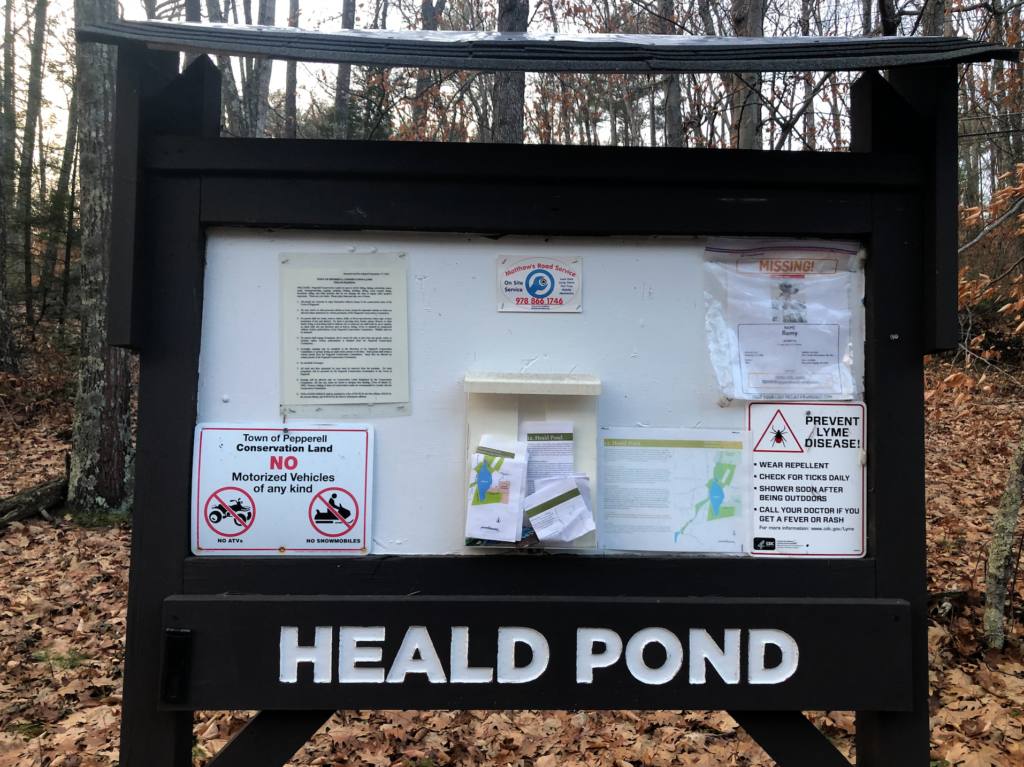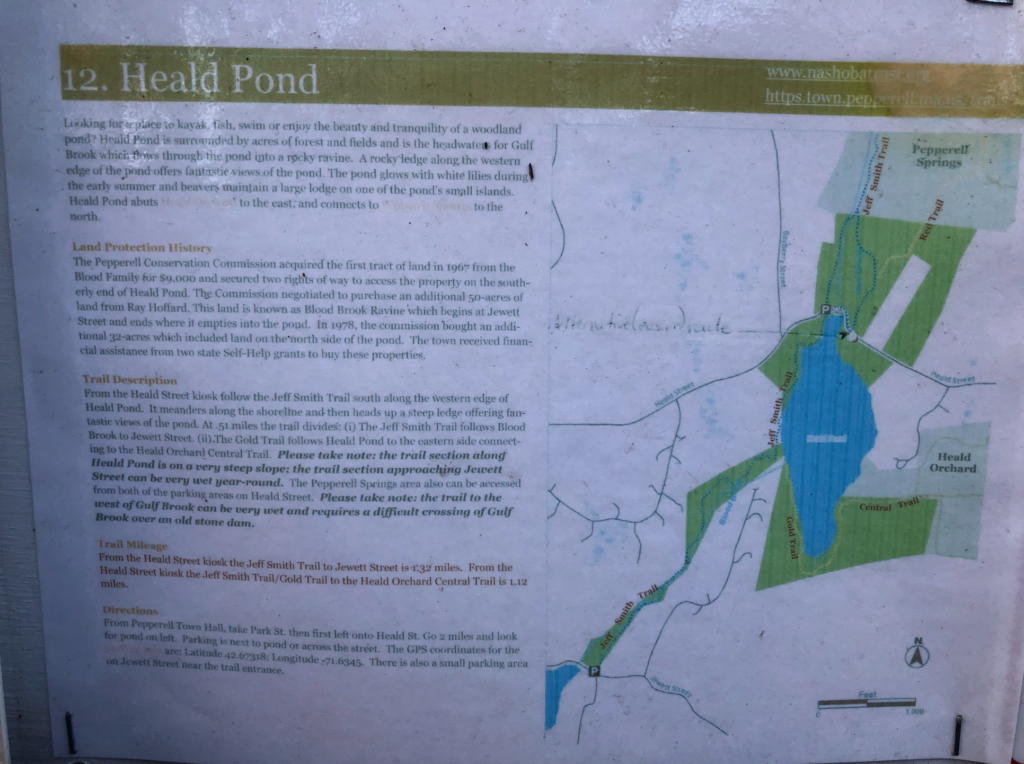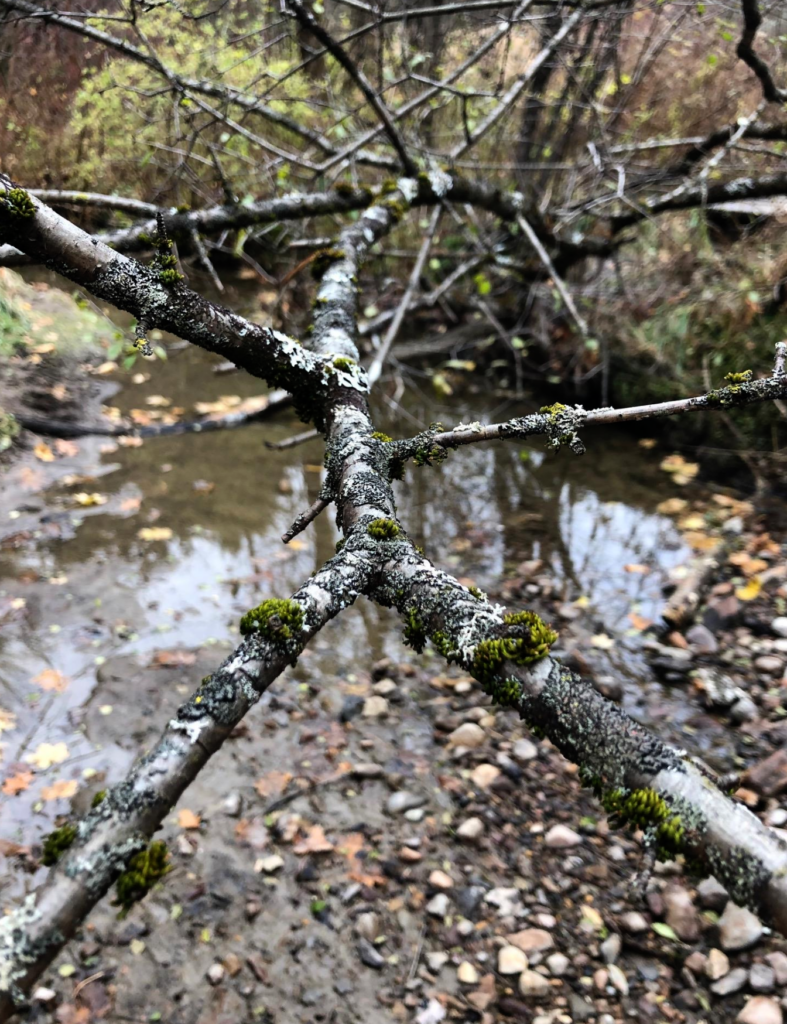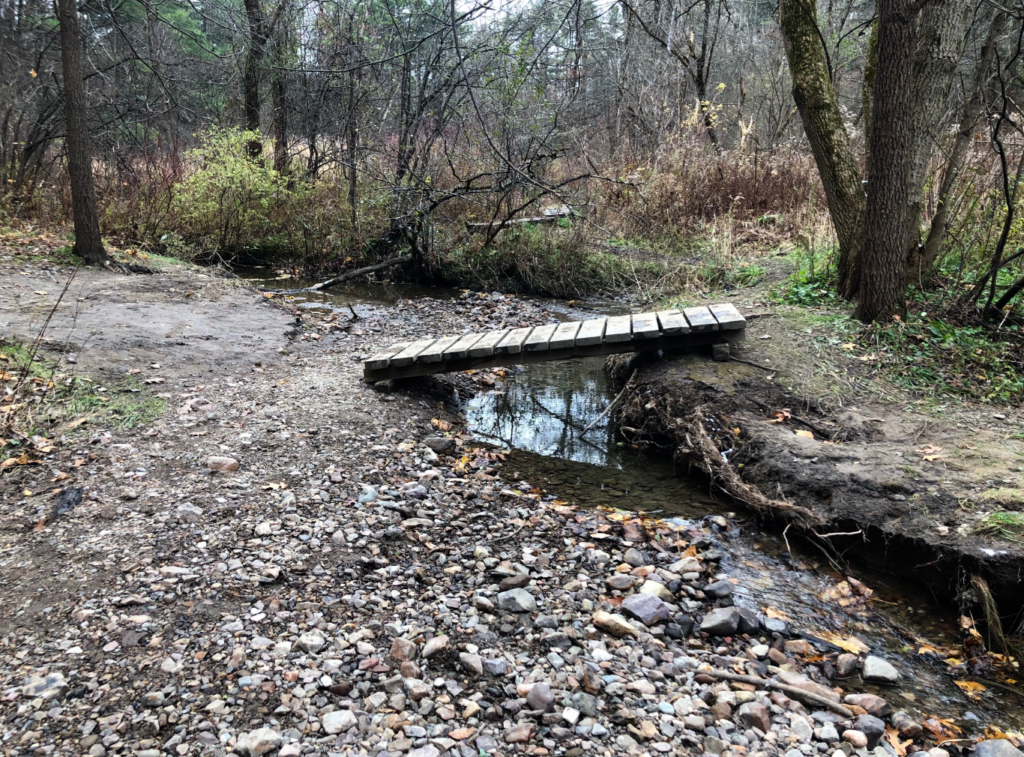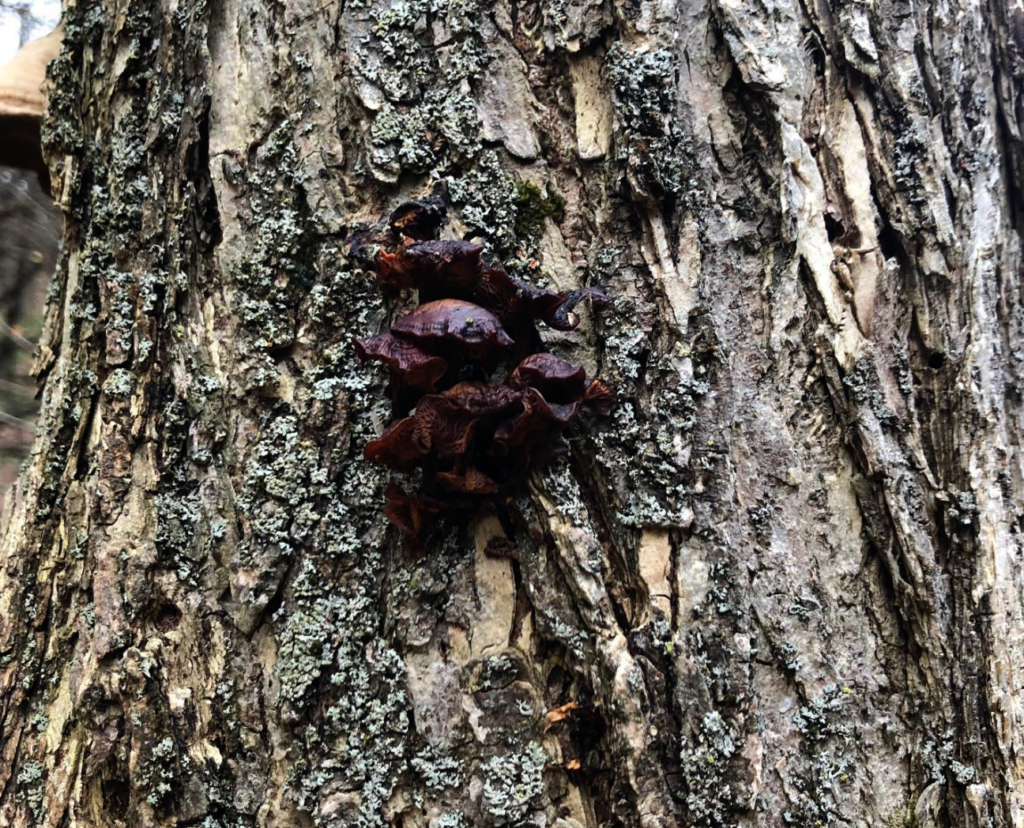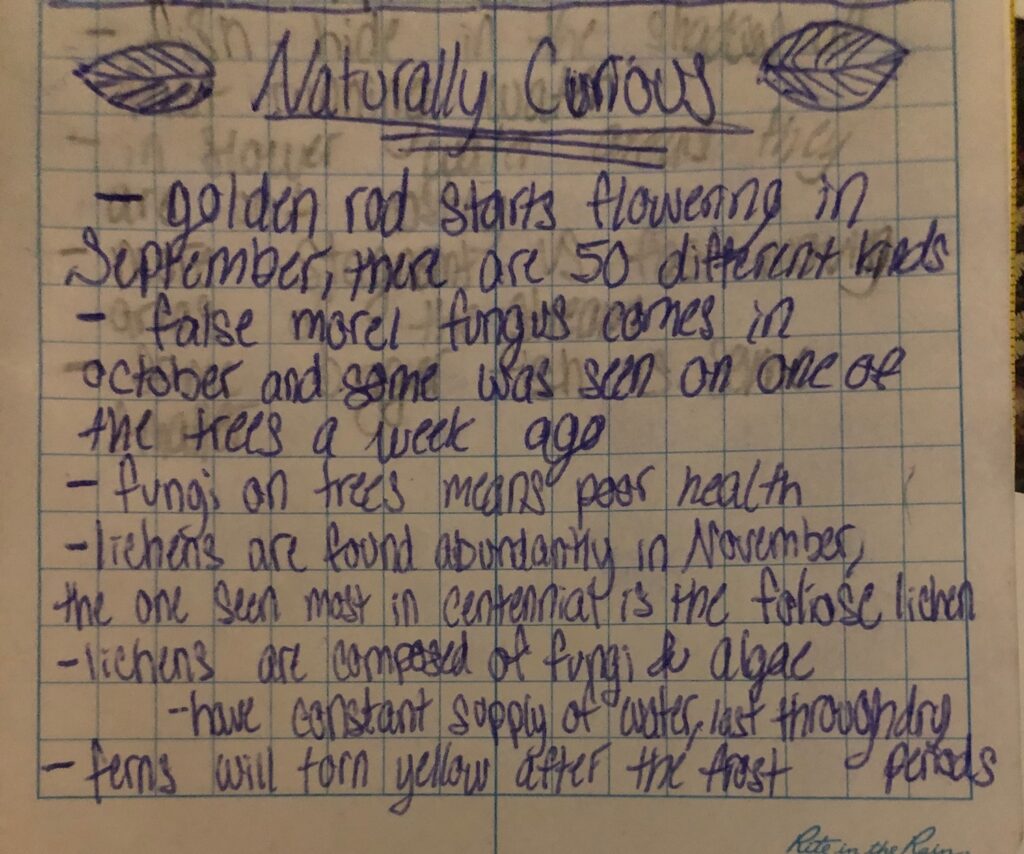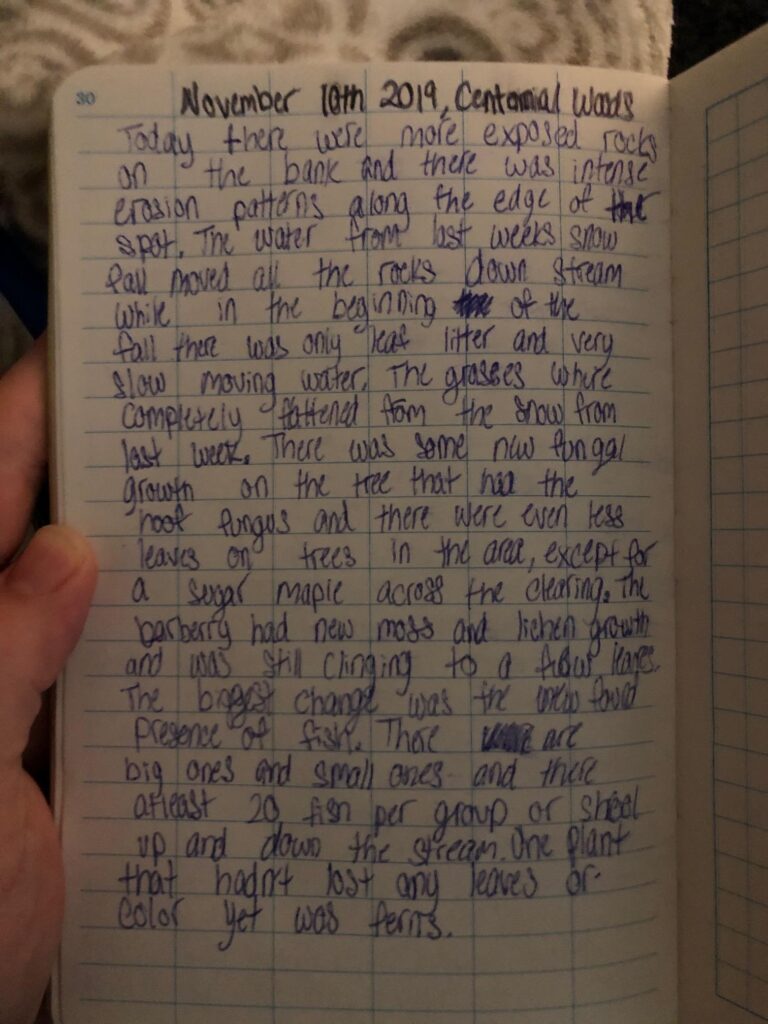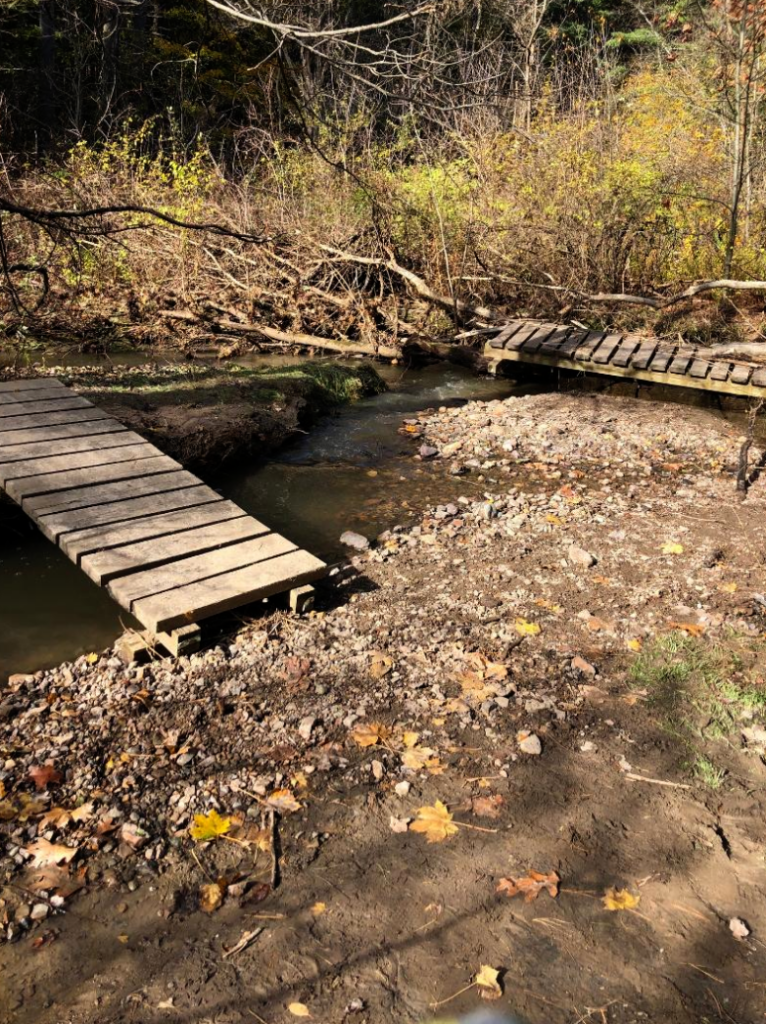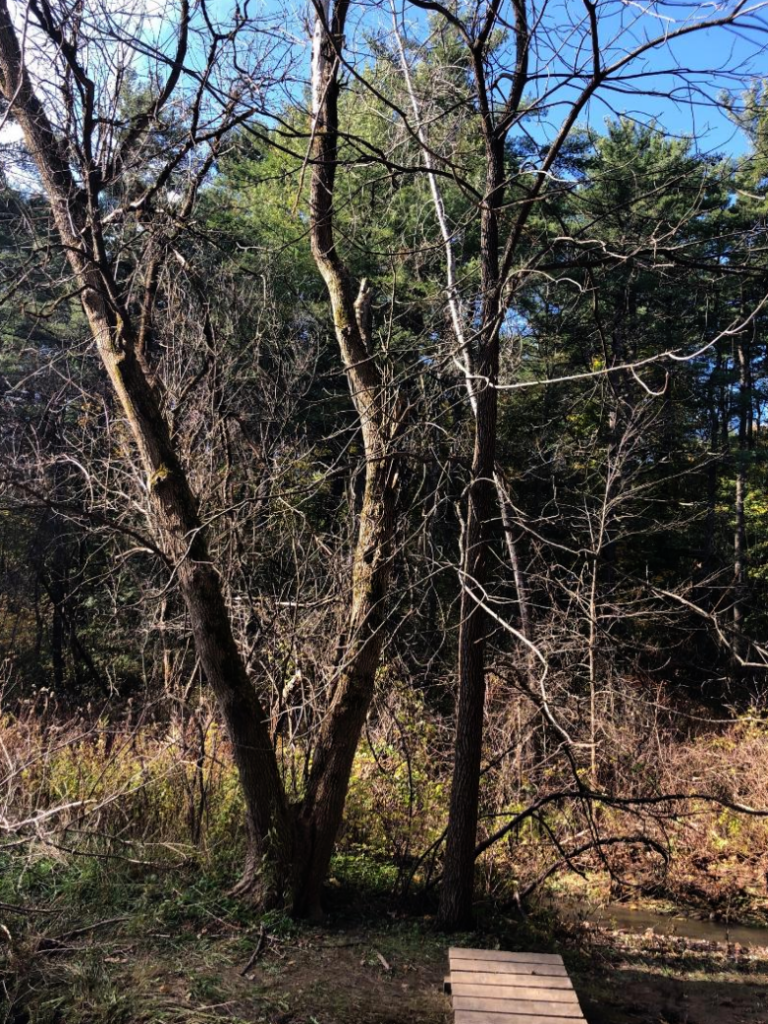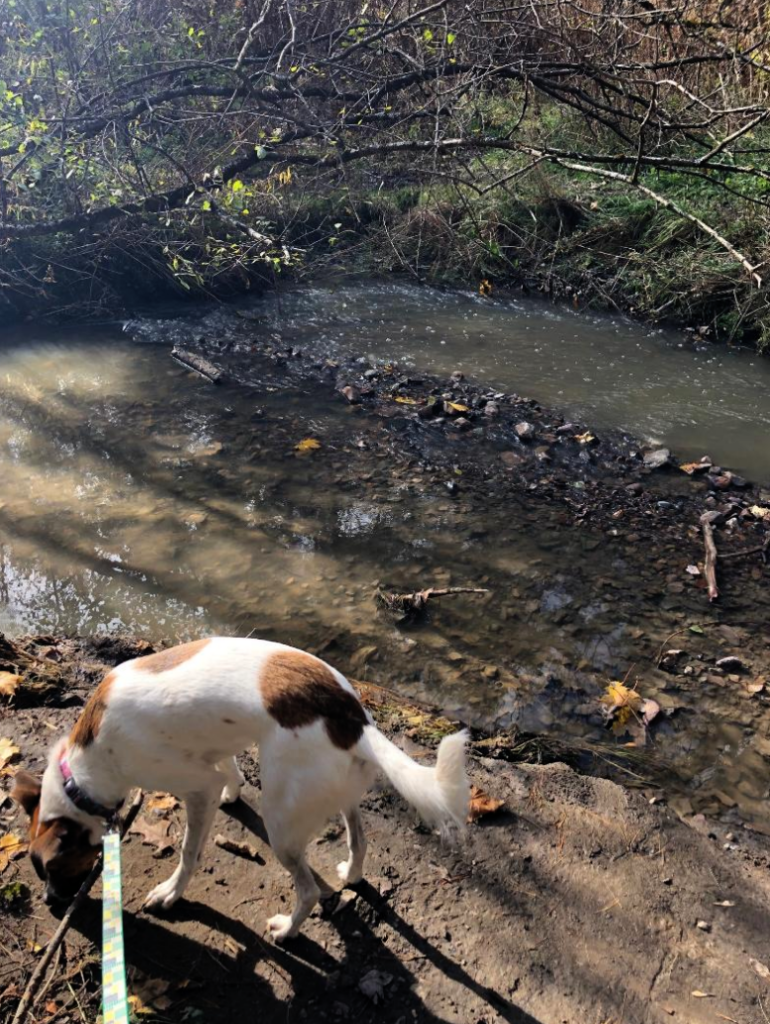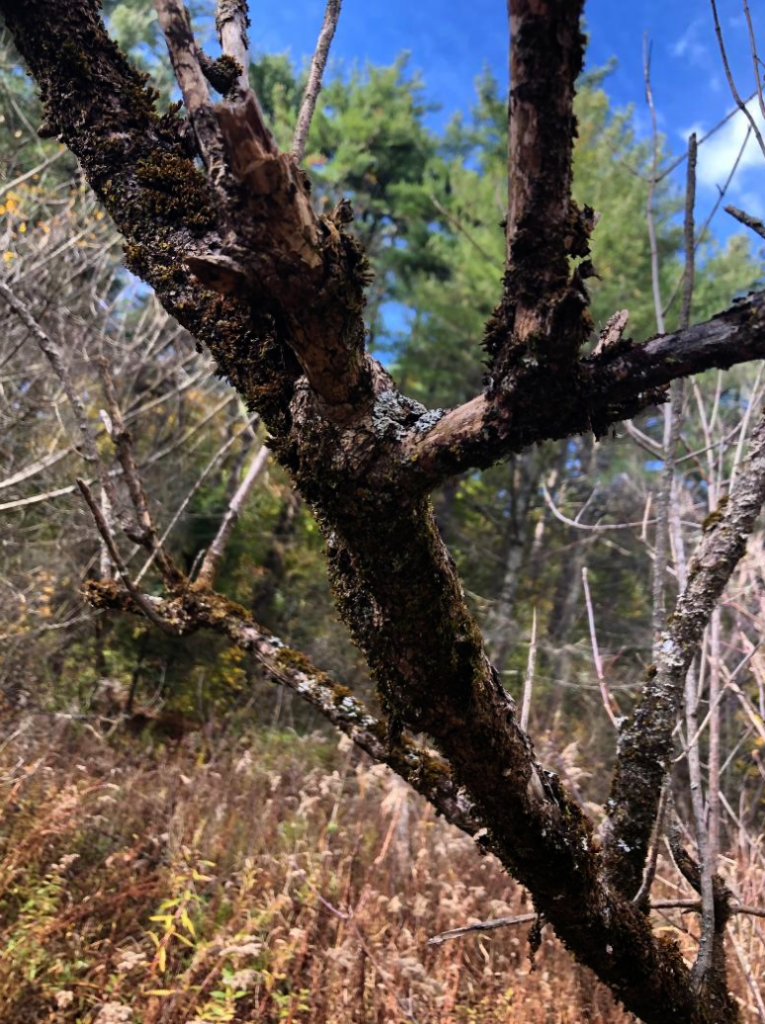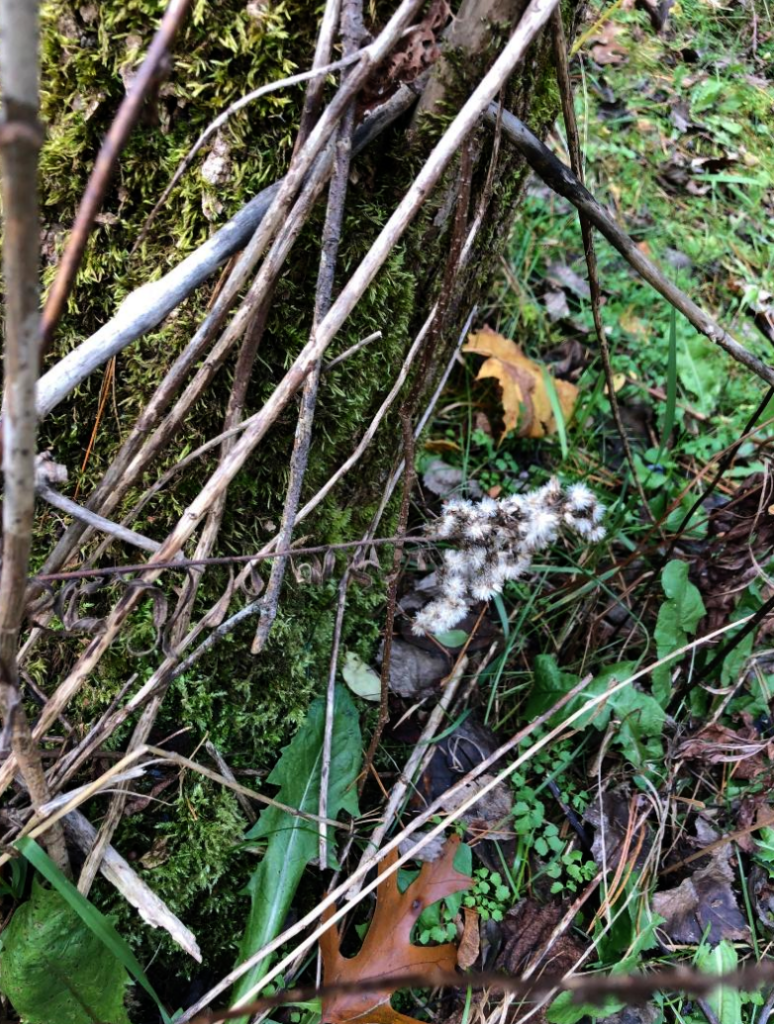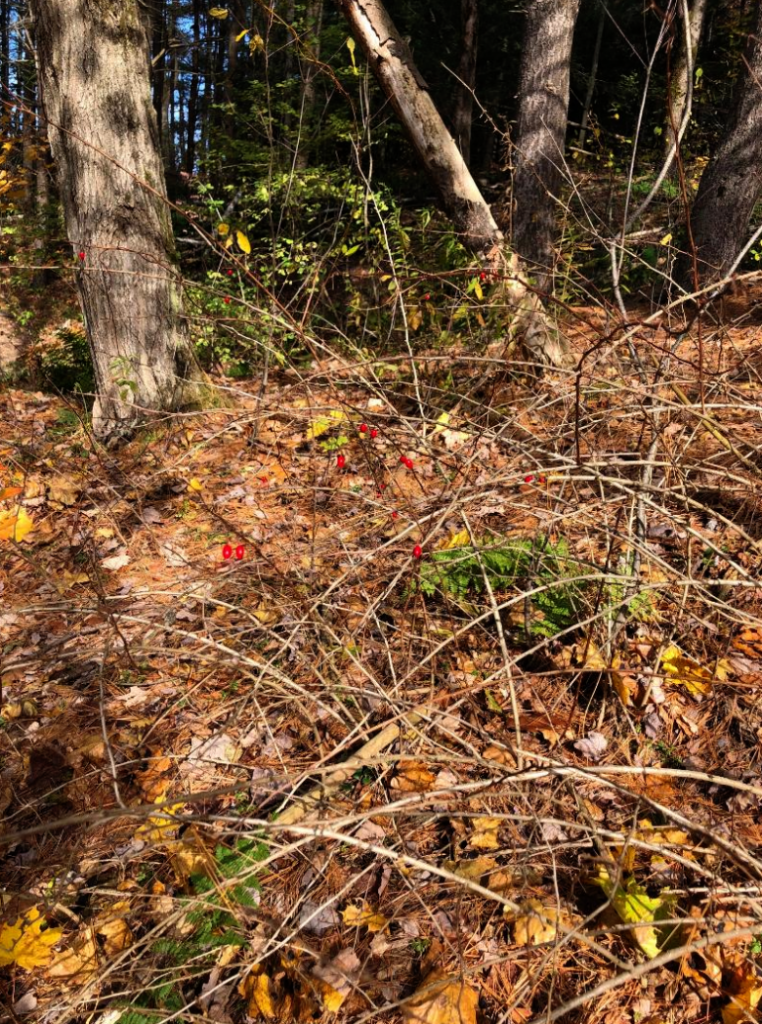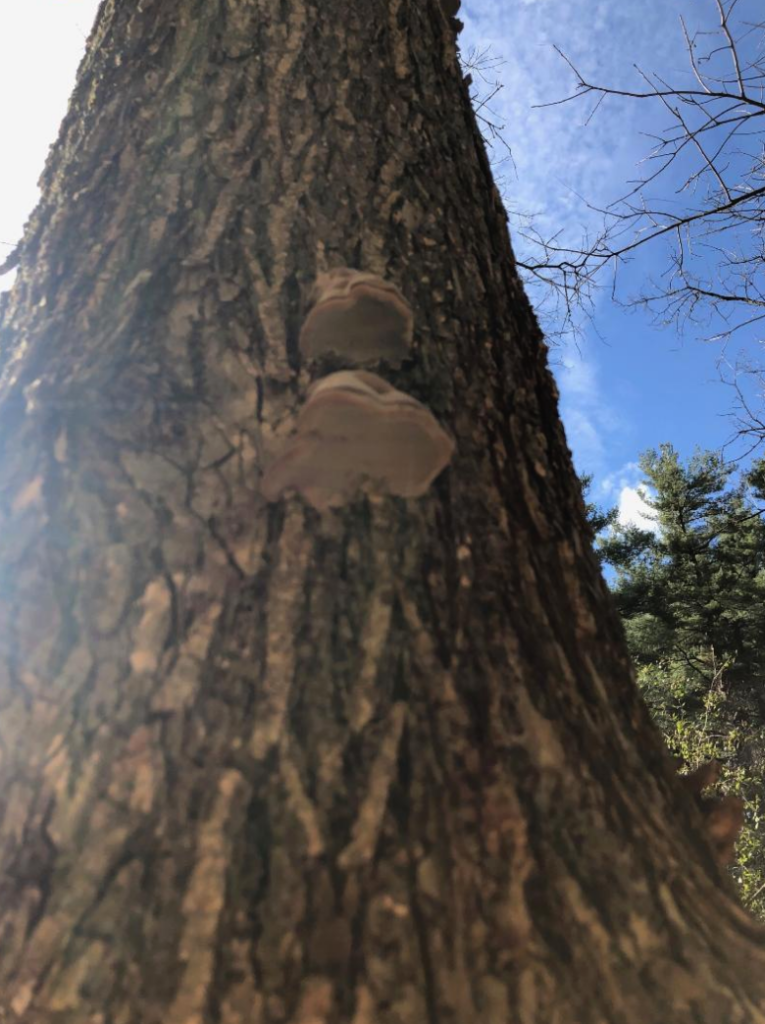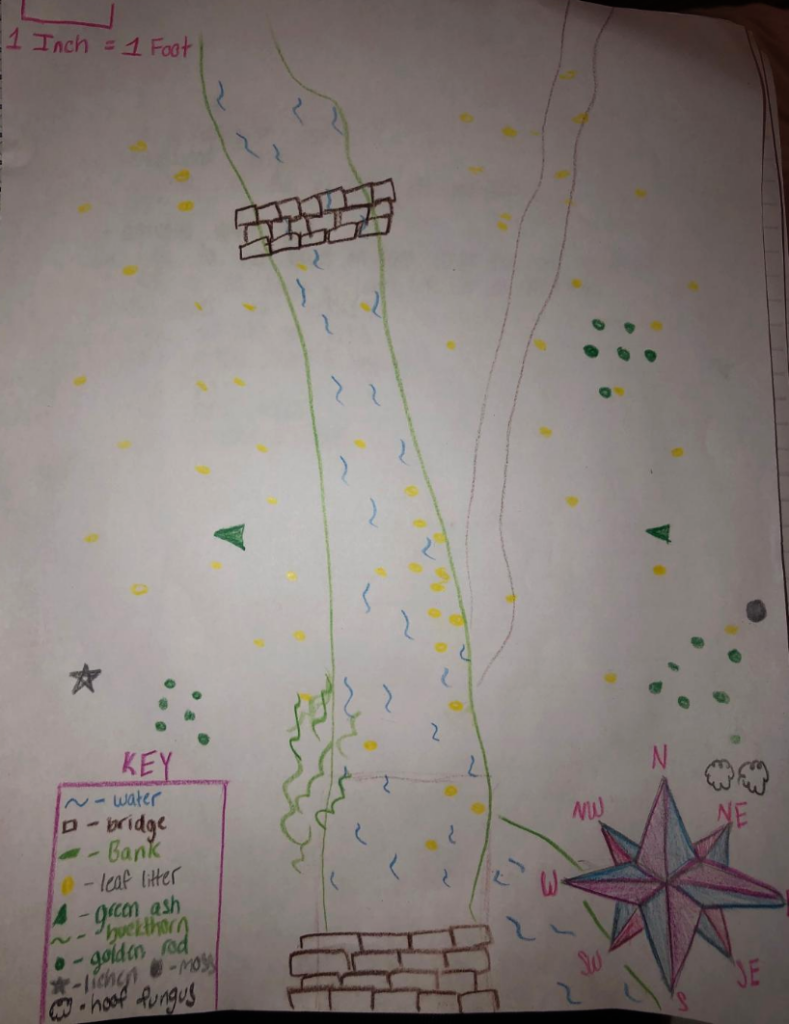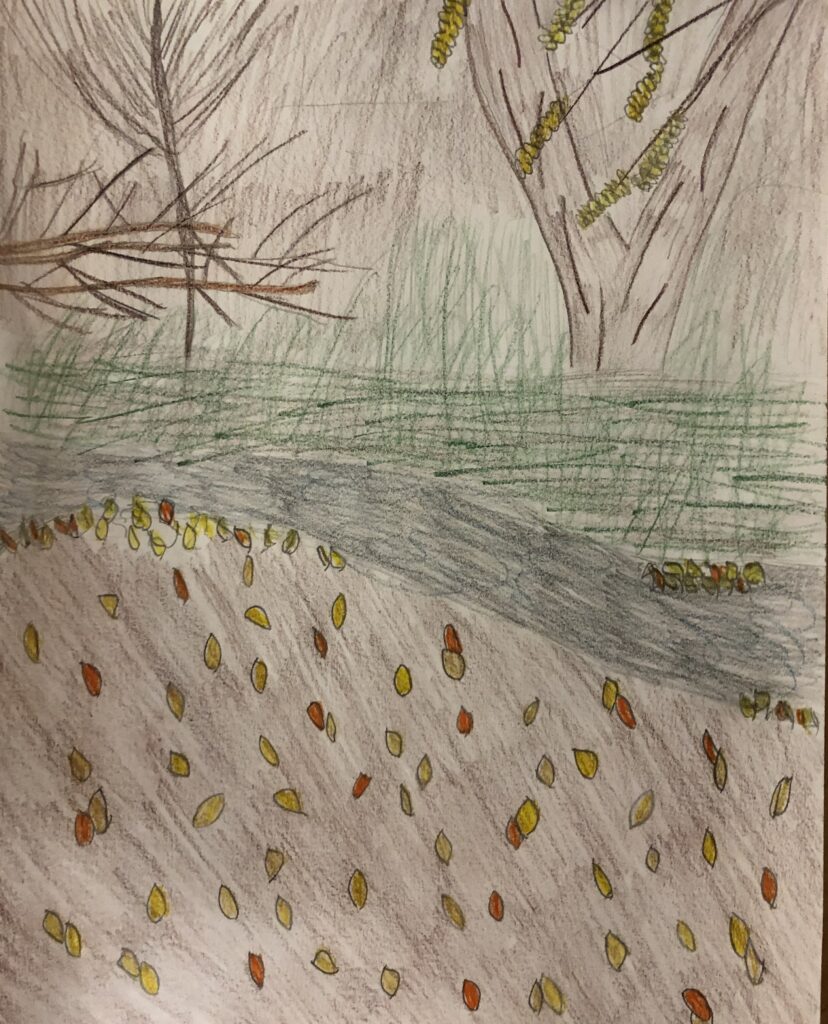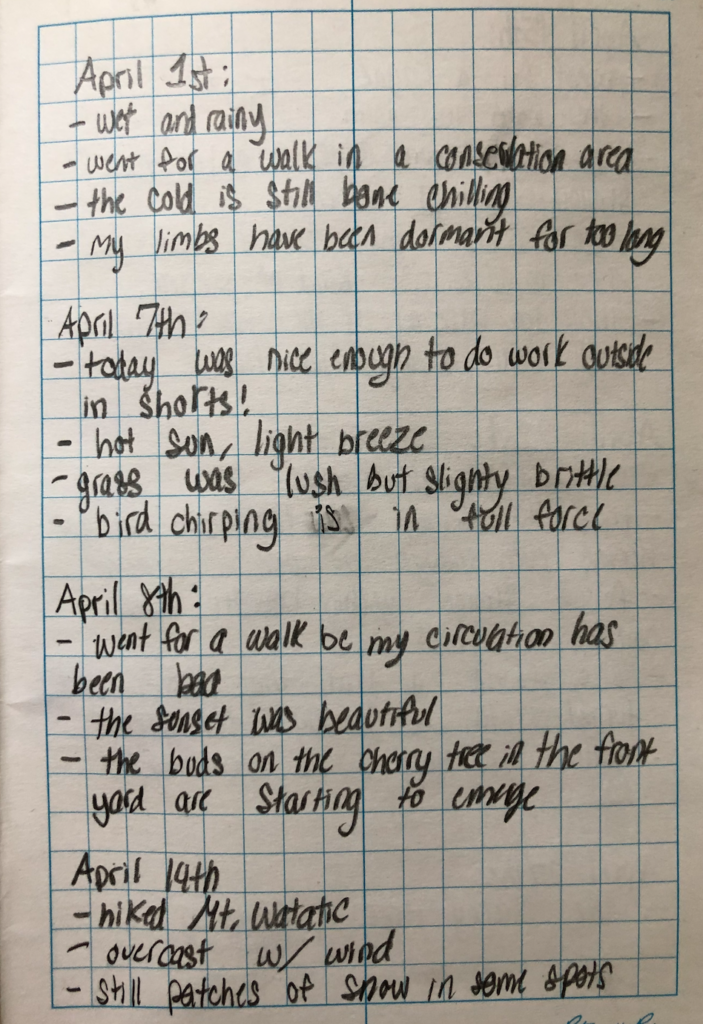
Figure 1. Page 1 April observations Menice, K. (ca. 2020) 
Figure 2. Page 2 April observations Menice, K. (ca. 2020)
I write this with the immediate thought that beauty is in the eye of the beholder. By this I mean that within this time of isolation everything that was once simple and boring has become exciting and entrancing.
Within the past month I have found it exceedingly difficult to get outside. Stress from school work has kept me glued to my chair and and free time has been dedicated to the mindless activity of watching Netflix. I should want to go out more and explore, but it seems that even in quarantine I am always crunched for time.
I have made the connection that when it is sunny outside I feel more productive when doing school work and when it it rainy all I want to do is watch more T.V. The ironic thing is that when it’s a nice day out I stay in because I feel productive and when it rainy and cold and unwelcoming I get the urge to go for a walk.
My outdoor excursions from the past month have consisted of a handful of walks, a hike, laying in the yard, and kayaking at the pond down the street. During all of these outings I have found beauty in the things I had never real paid attention to before. On a walk I noticed how well I can see the sunset from a hill two houses up the road from me. On another walk I noticed how many trees that we have lining the streets in this neighborhood. This is something that I never saw in Burlington.
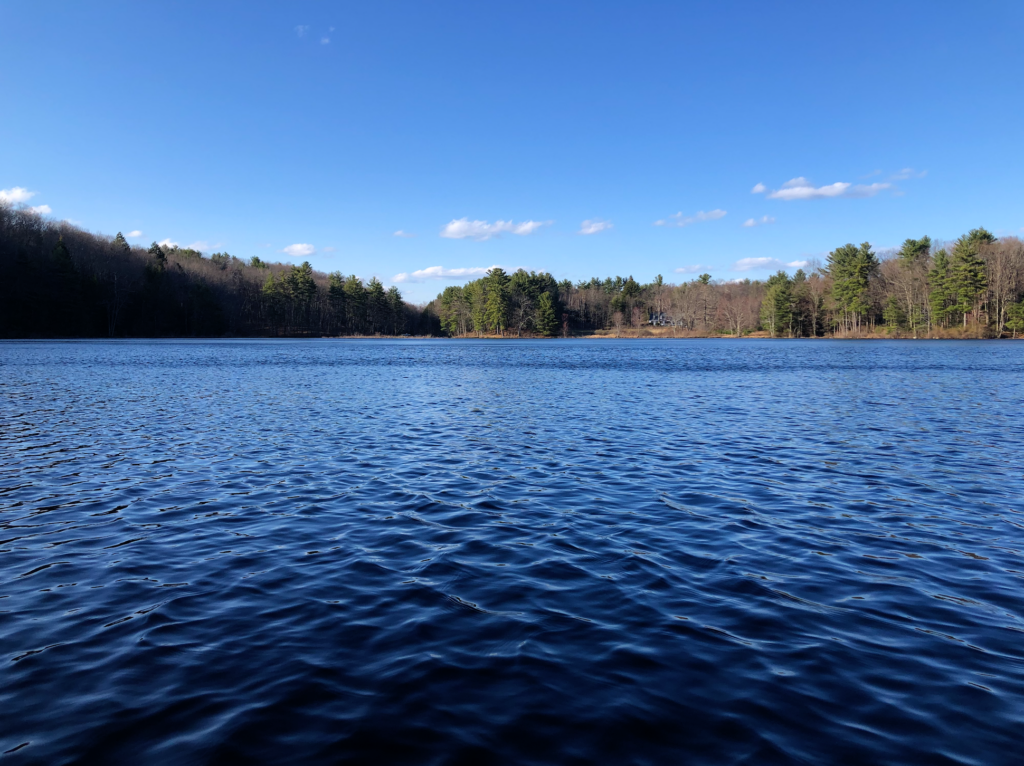
Figure 3. A view of Heald Pond
Menice, K. (ca. 2020)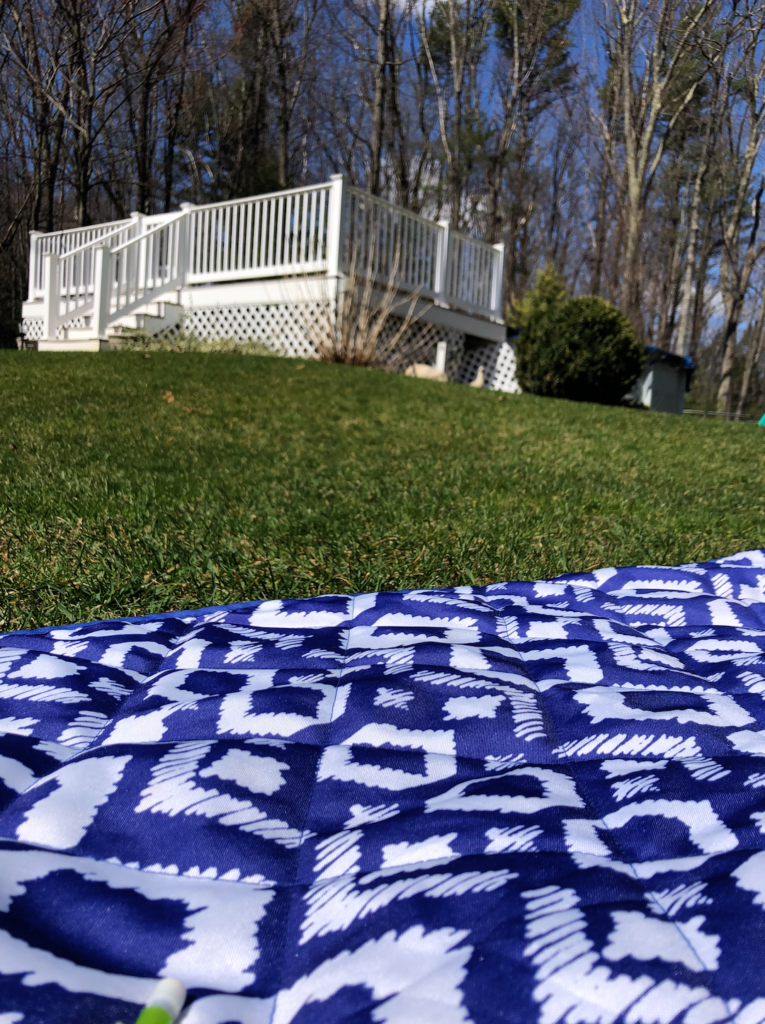
Figure 4. A ground view of part of my yard
Menice, K. (ca. 2020)
Another time I noticed the lack of houses for a stretch of road a couple of streets over from mine. Around here people tend to have large plots of land spaced out across the street, but this gap was too big for it to be owned by someone. There were little signs nailed to the trees that said that area was a Wildlife Conservation Easement which explained where there were no houses. What confused my though is that it also said that the area was open to hunting, fished, and trapping. If this is a protected area why would the town still allow for people to traipse through the area? I’m assuming is protected because of some threatened species, so why still allow human involvement? It also made no sense since there is no where for people to park. It was a straight and narrow road that wouldn’t have room for people to leave their cars for hours. I am curious as to what Pepperell’s thought process was with this sets of restrictions and allowances, but I wouldn’t even know who to ask about it.

Figure 5. Wildlife Conservation Easement sign
Menice, K. (ca. 2020)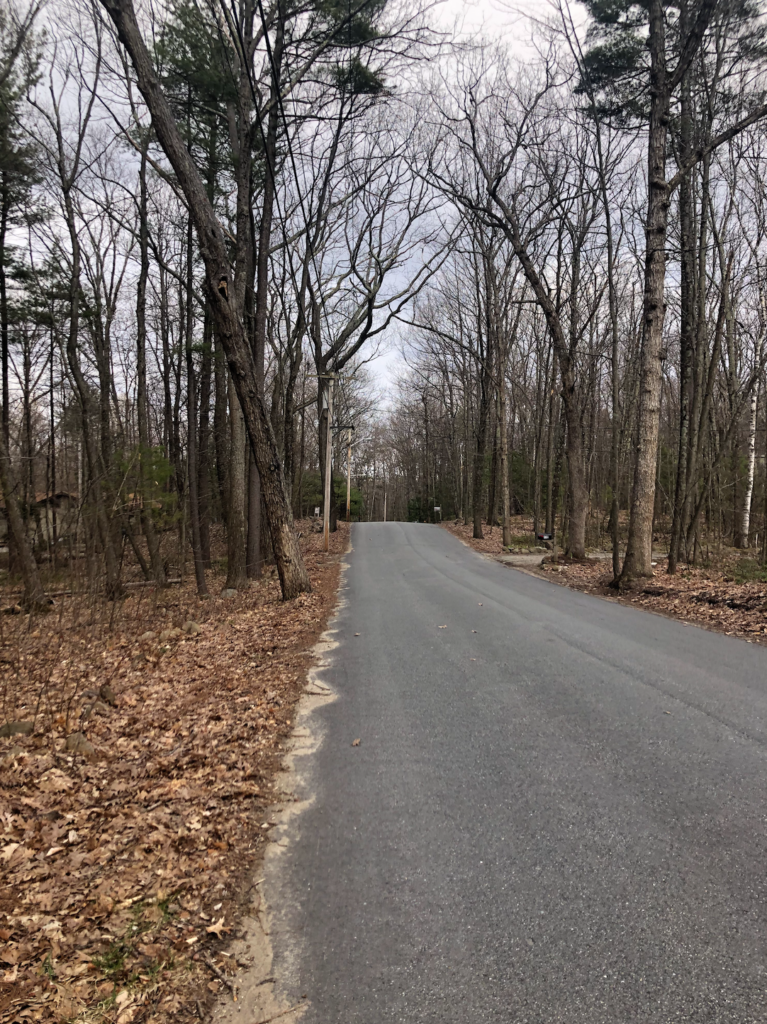
Figure 6. Tree dense street edges
Menice, K. (ca. 2020)
Normally on a walk I wouldn’t have paid any attention to that sign. I wouldn’t have seen the sunset on the hill. I wouldn’t have laid down in the kayak in the middle of the pond and just stared at the sky. During this time I have been able to gain more appreciation for the little things is nature. Sometimes theres more to life than just school, work, and staying inside your room. You have to get outside to see all the things you’ve been missing in the world. With that in mind I say goodbye to April and thank it for the little discoveries it gave me.
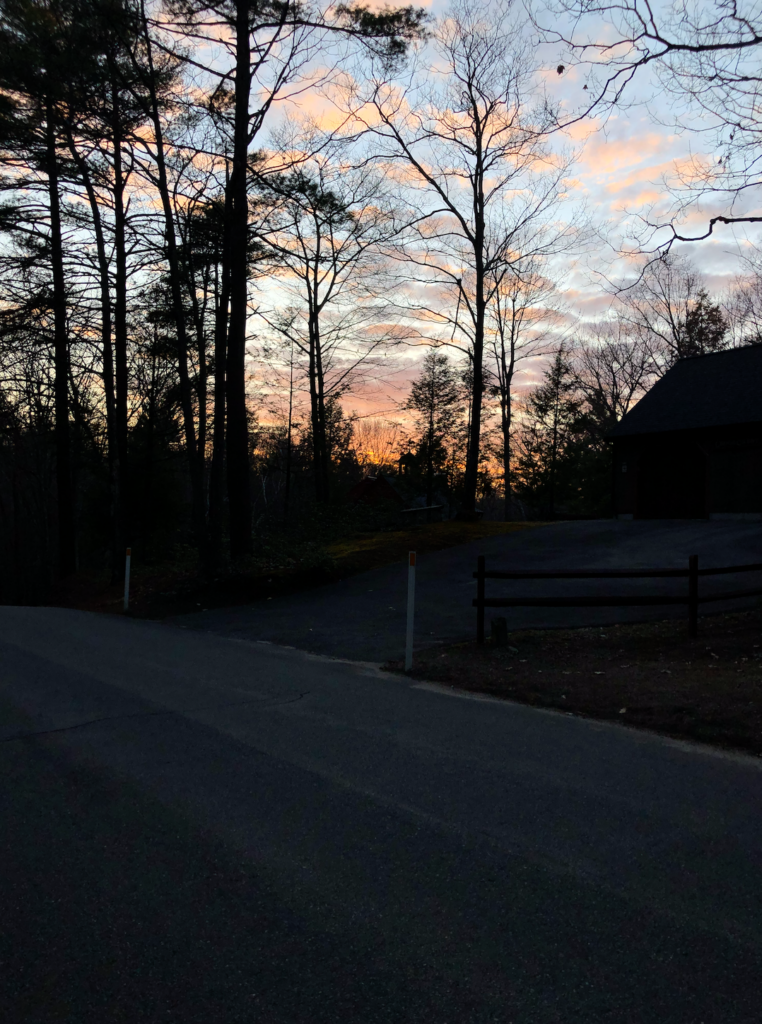
Figure 7. The sunset at the top of the hill
Menice, K. (ca. 2020)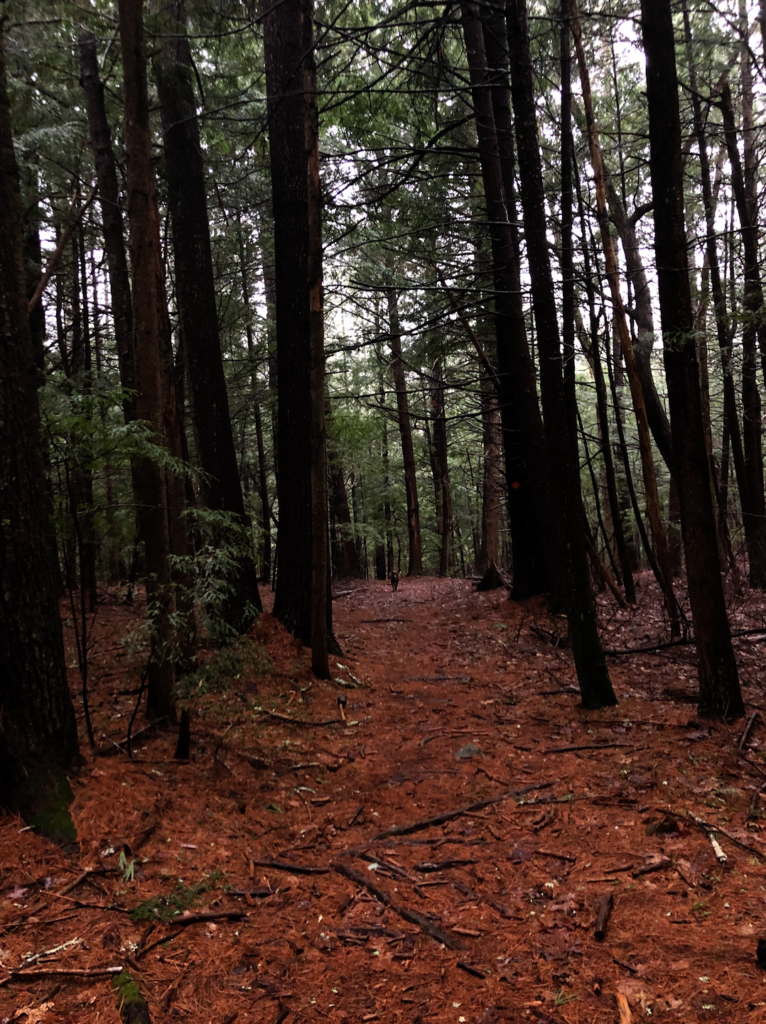
Figure 8. One of the views from my hike
Menice, K. (ca. 2020)
